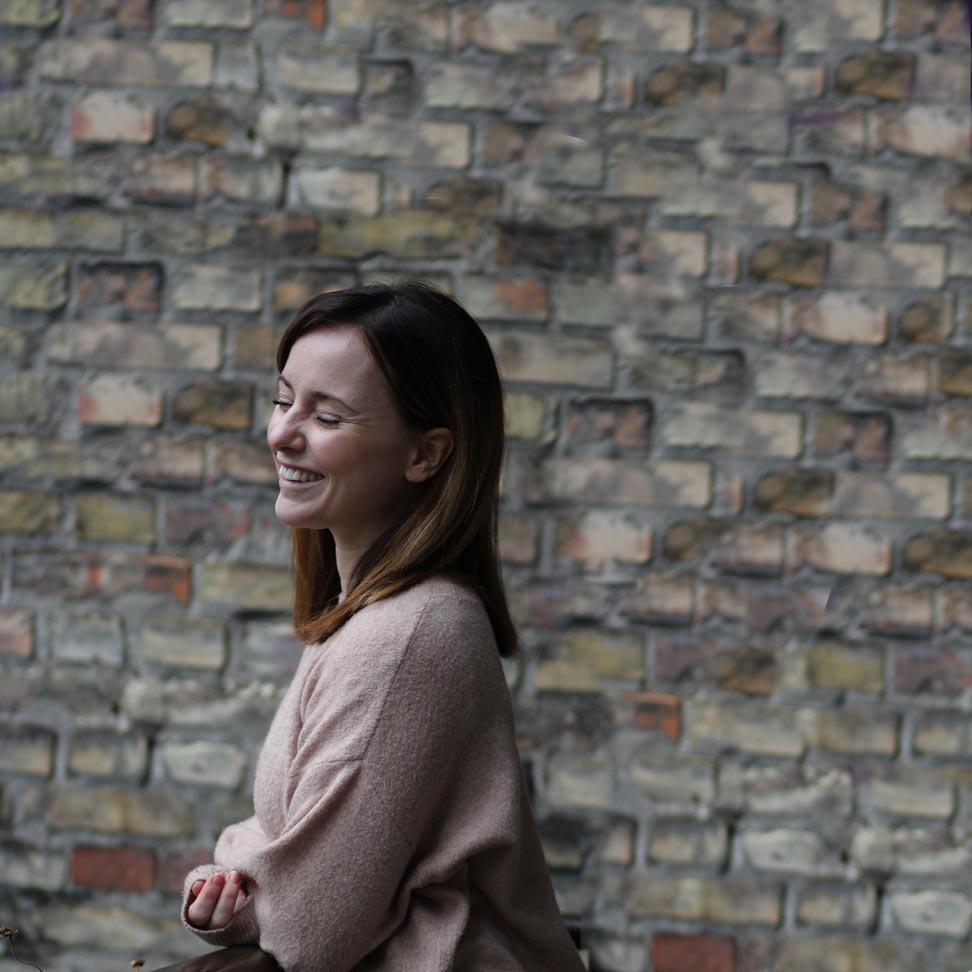Timothy Allen and his camera know no boundaries. Over the last 20 years, the British born photojournalist has traveled to all corners of the globe searching for interesting stories to share with the world, and earning himself 17 Travel Photographer of the Year commendations in the process. His work was brought to mainstream attention when he worked as the principle stills photographer during the shoot of the colossal BBC series Human Planet, portraying mankind’s innate relationship with Mother Earth.
Continuing our series of conversations with inspiring adventurers, we sat down for a chat with Timothy to discuss his perception of the world, behind the lens; his most memorable travel experiences, and how a life committed to travel liberates the soul.
How did you first begin your career as a traveling photographer, and when did you get “the travel bug”?
The curiosity that you feel for the world as a child doesn’t need to fade away as you grow up. However, it will inevitably end up driving you to increasingly more bizarre places … like 40 metres below the South China Sea following this team of hookah pipe divers © Timothy Allen
I started 20 years back as a photojournalist for various British newspapers, including a longer stint at The Independent. My job was to go wherever the latest news story was. After some years, I got to a point where I had to ask myself: Would I rather be following around George Bush on the campaign trail, or be out adventuring? It was at a point in my career where I could choose the latter, and do it professionally.
I’ve always loved to travel, and my first eye-opening experience in to that world came earlier in 1990, when I was 21 and taking a degree in Zoology. A group of friends and I planned a research expedition to Indonesia, to an island called Sulawesi. We were out there in the tropical rainforest for three months, and the study trip affirmed my thoughts that I didn’t really want to be a zoologist at all, so one friend and I took off to explore and meet the native tribe living there. It literally changed my mind about life and what I wanted to do.
A year later, we returned to Southeast Asia for a holiday and I ended up backpacking for three years. This was in the days before internet, before mobile, nothing. It was a real coming of age time for me, and this was at the very beginning of when travel started to become so much more accessible for regular people.
I still get to put on a backpack every now and then. I’ll always add a week onto the end of a work trip or whatever and just leave my cameras behind, put on my backpack, without pre-planning where I am going to eat or sleep that night, just letting my curiosity lead me. That’s the romance of travel for me: not really knowing too much, but trusting that things are going to be fine, which they inevitably are.
When you are out on location, what are you hoping to capture?
At La Mercè Festival in Barcelona it’s tempting to just stand back and watch it all happen from a distance. Be mindful though. It’s easy to let that simple habit become a way of life which may leave you one day looking back on your life with the regrets of a person who forgot how to join in © Timothy Allen
Primarily, I’m looking for an interesting subject matter – something that I know that I’m interested in. If I’m interested in it, chances are other people will be as well. That ties in very closely with the next most important thing – a sense of intimacy. Provided those two things happen, everything else will inevitably fall into place. But I won’t be going there unless I’m pretty sure I can immerse myself in it.
As a photographer, you are by default an observer but there are people who take photos and sort of watch the whole thing through a camera. I certainly don’t. I’m not an observer of things, I’m a joiner in of things. As a result, my photos are less about what I saw and more about my relationship with the thing I saw or the people I connected with. You need to immerse yourself in it, you need to join in, you need to go for it and actually be a part of it – and when you do, it’s liberating for the soul.
Whether we know it or not, most of us belong to a tribe … It’s part of what makes us human. When you discover your tribe, make sure you embrace it with a passion. Only then will you reap the special rewards of being a part of something you care about © Timothy Allen
What amazing moment do you wish you would have photographed while traveling, but missed?
It’s very hard to choose just one – I miss photographs all the time! It used to bug me, but it doesn’t anymore. I choose wisely when to photograph because by photographing, you’re often fighting against taking yourself away from the experience. It may sound like a contradiction, but the best photographers shoot fewer photos. They’re quiet, choose their moments to get the camera out, shoot what they need, and put it away again so they can start connecting with a place and people away from the lens.
I remember on one boat trip from Singapore to Jakarta, we went past Krakatoa at night when it was erupting and we could just see it in the distance, and I was on the deck with my girlfriend at the time with the wind blowing in our faces, watching the volcano erupting in the middle of the Southeast Asia. Needless to say I didn’t photograph it back then. Perhaps those kind of things are maybe best left in a memory or described in words. It was a scary, beautiful and intimate experience. The memory of it means more than a photo ever could.
Strike a pose! Timothy Allen gets to work © Patrick Murray
What one destination would you recommend people explore, and why?
My travelling life is kind of split between places I go for work and adventure and places I go on holiday with my family. If I was choosing solely for the latter, if I could go anywhere I wanted I’d go camping in the South of France and live by a beach and just have a great time with my family.
But, if it’s a travel of adventure and discovery, I would certainly say Mongolia, where I have been many times. It’s about the size of Western Europe, but only has a population of three million people, making it the least densely populated country in the world. Of that population, 40% are nomadic, meaning that the culture is very focused around self-sufficiency, camping and community.
Everyone I take there tunes in to the same thing: the incredible scenery and nature, and the honourable, welcoming nature of the people. You can enter into a small camp of traveling nomads and, before you know it, you are sitting around having dinner with them, sharing stories and toasting each other over tea. Some of the most powerful memories I have made come from Mongolia. I’ve never experienced another place like it.
What motivates your work and curiosity?
Our journeys through life are driven by the interactions we have with our fellow human beings. Every time we choose not to talk to a person we don’t know, one path into our future becomes closed to us. When we travel, most of our paths are lined with strangers, like this one which lead me through the night to the foot of a glacier, 16,000 ft up in the Andes … © Timothy Allen
Well, I am someone who involves myself in a photo and experience – not to be cold, distant and objective. I don’t want to show the dark side of human nature in my work, there are plenty of people already doing that in the news. Instead, I want to encourage people to start traveling and seeing how amazing the world can be. If you can afford to travel, you should, because large swaths of the world don’t have the opportunity to travel for reasons of their own government or money. It’s also important to remember not to overthink it – just do it. Besides, as soon as you step out of your front door, you’re a traveler.
That’s how I take it in to my work and travel experiences. I’m living an immersed, interesting and as fun a life as I can and I enjoy photographing it because I enjoy reminding others that the world’s an incredible, open place, filled with incredible people, and it’s ours to explore.


